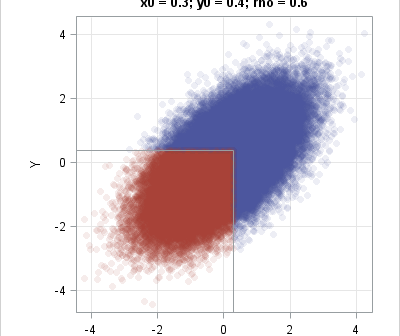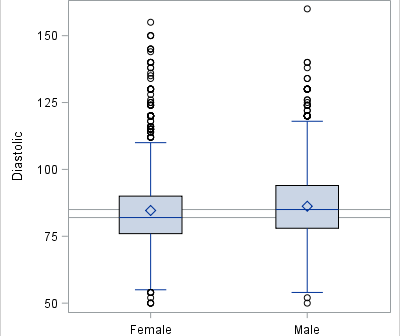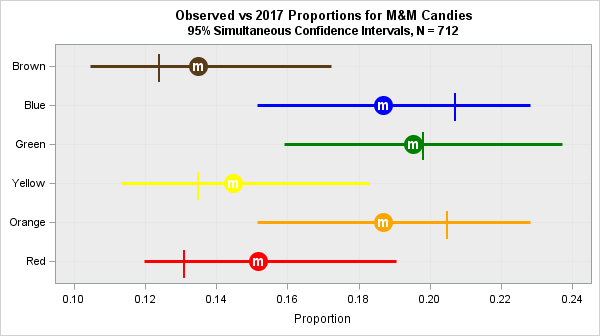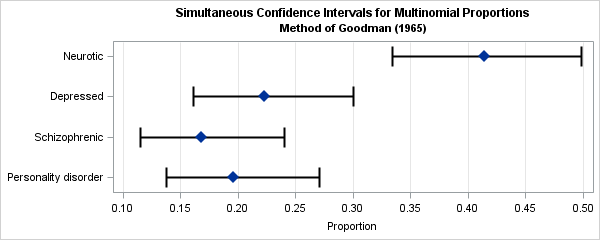The DO Loop
Statistical programming in SAS with an emphasis on SAS/IML programs
Monte Carlo techniques have many applications, but a primary application is to approximate the probability that some event occurs. The idea is to simulate data from the population and count the proportion of times that the event occurs in the simulated data. For continuous univariate distributions, the probability of an

Longtime SAS programmers know that the SAS DATA step and SAS procedures are very tolerant of typographical errors. You can misspell most keywords and SAS will "guess" what you mean. For example, if you mistype "PROC" as "PRC," SAS will run the program but write a warning to the log:

Sometimes SAS programmers ask about how to analyze quantiles with SAS. Common questions include: How can I compute 95% confidence intervals for a median in SAS? How can I test whether the medians of two independent samples are significantly different? How can I repeat the previous analyses with other percentiles,

Many introductory courses in probability and statistics encourage students to collect and analyze real data. A popular experiment in categorical data analysis is to give students a bag of M&M® candies and ask them to estimate the proportion of colors in the population from the sample data. In some classes,

A categorical response variable can take on k different values. If you have a random sample from a multinomial response, the sample proportions estimate the proportion of each category in the population. This article describes how to construct simultaneous confidence intervals for the proportions as described in the 1997 paper

A common question on SAS discussion forums is how to repeat an analysis multiple times. Most programmers know that the most efficient way to analyze one model across many subsets of the data (perhaps each country or each state) is to sort the data and use a BY statement to
